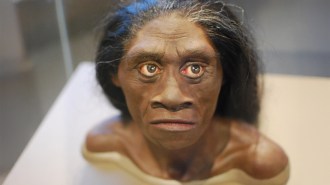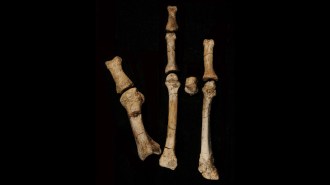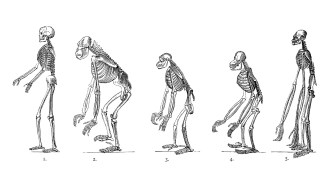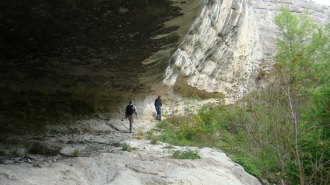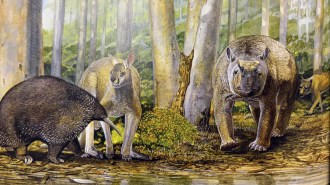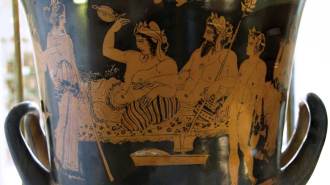Early globalization on display in history of Eurasian civilization
Farmers, nomads, traders made their mark on growing human interconnectedness
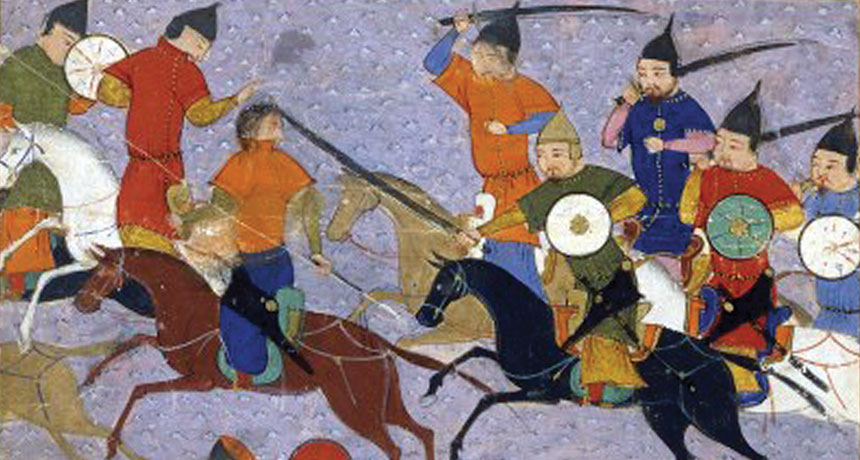
MODERN ENCOUNTERS A new book uses the Eurasian archaeological record to explain how events between 12,000 and 700 years ago led from farming to long-distance ocean trading and the first glimmers of globalization. Central Asian Mongols, depicted here fighting Chinese warriors, conquered many Eurasian societies during the 1200s before their empire dissolved.
Bahatur/Wikimedia Commons
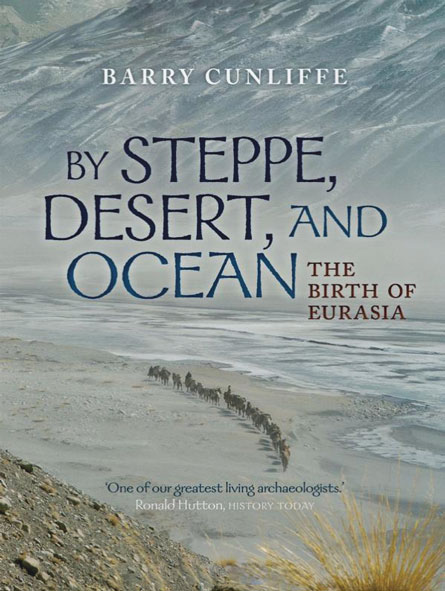 By Steppe, Desert, and Ocean
By Steppe, Desert, and Ocean